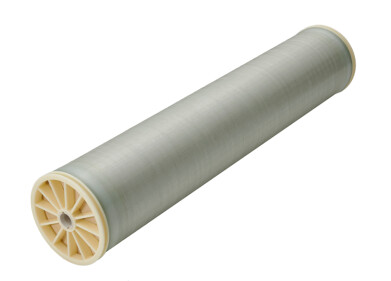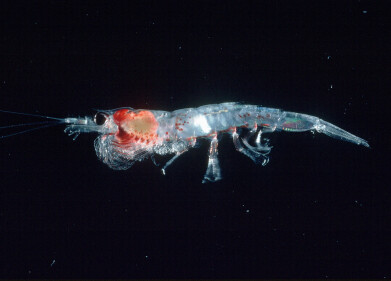Water/Wastewater
Reactivation of the nitrification in a landfill leachate treatment plant
Dec 14 2011
QM Environmental Services is for many years now a supplier of MicroCat®, microbial additives, in the European wastewater treatment market. Through its network of distributors many European countries have already experienced the positive effects which MicroCat® can have on troubled wastewater treatment plants (wwtp). In January 2011 MicroCat® solved a problem with nitrification in a leachate wwtp of a municipal landfill site in Germany.
The wwtp is a 3 stage treatment plant. The first stage is a biological step to reduce COD and nitrogen levels. This is subsequently followed by a physico-chemical stage and filtration stage (activated carbon filter).
The treatment plant is very heavily loaded. Both the waste strength and the hydraulic flow are significantly higher than the original design parameters of the wwtp and the conductivity (chloride content) is very high. Despite the unfavorable influent conditions the treatment performance of the biological stage was good. The COD reduction was about 45 to 50% and NH4-N removal over 99%. Except a carbon source for denitrification and low amounts of sodium hydroxide for pH adjustment, in the biological section, no chemicals were added.
For unknown reasons the nitrification performance decreased significantly in early December 2010.
About a week after the nitrification deterioration started it came to a complete standstill. The COD removal dropped from 50% to 35%. To increase the COD degradation and to reactivate the nitrification various operational measures were taken, such as; increasing the aeration, flow and pH reduction and adding a carbon source. All these measures remained without success. Due to the poor treatment performance of the biological stage, the subsequent stages needed significant additional amounts of coagulants and activated carbon and this prompted the treatment plant operator to contact the German MicroCat® distributor, H2Ortner GmbH from Passau, to prepare a proposal for re-establishing the nitrification through bioaugmentation using MicroCat®.
In collaboration with QM Environmental Services, H2Ortner prepared a treatment program using Microcat ® -XNL to accelerate the reactivation of nitrification in the biological stage.
The treatment program included a pH reduction to the range of 7 – 7,5 followed by the addition of MicroCat®-XNL during a period of 20 days. Despite the absence of hydrochloric acid, for the pH reduction at the time of treatment, the dosing of Microcat®-XNL started as planned on the 10th of January 2011.
After 7 days of dosing the first NH4-N removal could be observed. After 15 days of treatment the NH4-N removal was again above 99%.
The nitrification process in this leachate wwtp didn’t recover despite all the process operational measures which were taken. Within 2 weeks after the start of dosing Microcat®-XNL and despite the unfavorable conditions for nitrification, high chlorine levels and high pH and therefore unfavorable dissociation of Ammonium - Ammonia in the direction of ammonia (inhibition of Nitrobacter and Nitrosomonas), the nitrification was back at its original level of 99%. For more information contact QM Environmental Services.
Events
Carrefour des Gestions Locales de L'eau
Jan 22 2025 Rennes, France
Jan 29 2025 Tokyo, Japan
Feb 05 2025 Nantes, France
Feb 16 2025 Kampala, Uganda
Feb 26 2025 Chennai, India






-as-feedstock.jpg)





